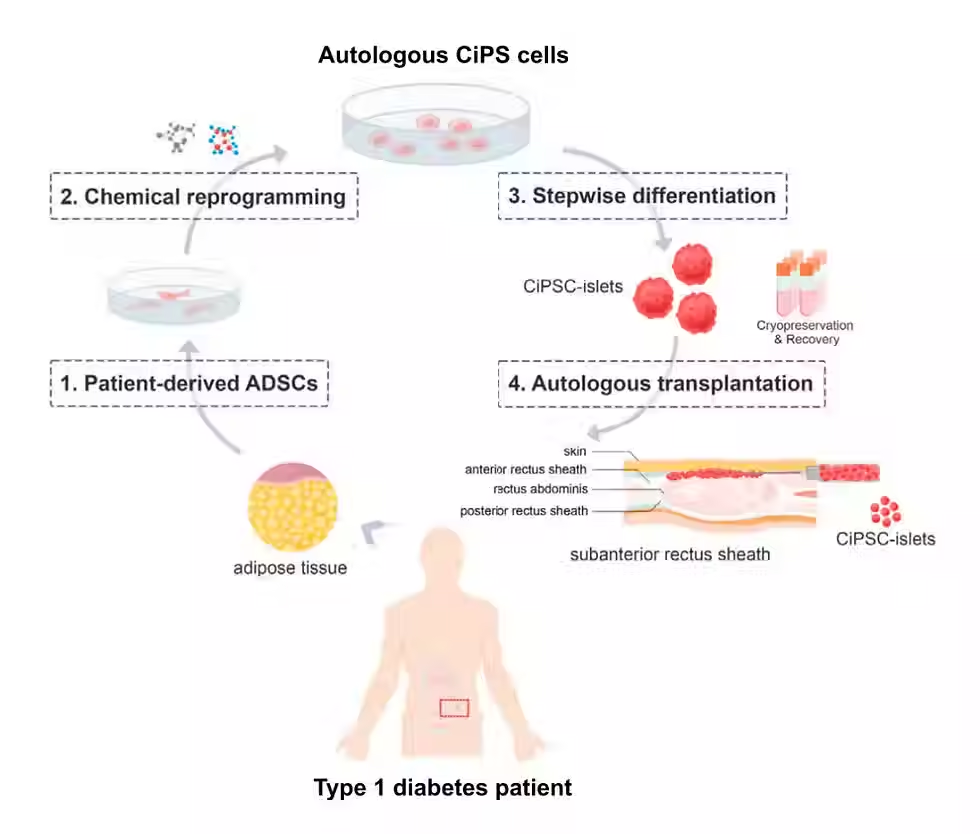Glycemic Index
- A R
- May 10, 2024
- 2 min read
May, 2024

The glycemic index (GI) is a measure of how quickly a carbohydrate-containing food raises blood sugar levels after consumption. It is important because managing blood sugar levels is crucial for overall health, especially for people with diabetes, insulin resistance, or other metabolic disorders.
Why Glycemic Index is Important:
Blood Sugar Control: Foods with a lower GI release glucose more slowly, helping to maintain stable blood sugar levels. This is beneficial for people with diabetes or those at risk of developing it.
Energy Levels: Low-GI foods provide sustained energy, whereas high-GI foods may lead to energy spikes followed by crashes.
Weight Management: Low-GI foods can increase satiety and reduce hunger, potentially aiding in weight control.
Chronic Disease Risk: Diets with low-GI foods are associated with a reduced risk of heart disease and certain cancers.
Athletic Performance: Low-GI foods before exercise provide prolonged energy, while high-GI foods after exercise help with rapid recovery by replenishing glycogen stores.
Examples of Foods with the Same Carbohydrates but Different Glycemic Indices:
White Bread vs. Whole Grain Bread:
White Bread (High GI): GI ~ 70–75
Whole Grain Bread (Lower GI): GI ~ 50–55
Both contain similar carbohydrates, but whole grain bread releases sugar more slowly due to fiber content.
Potatoes vs. Sweet Potatoes:
Baked Potato (High GI): GI ~ 85
Boiled Sweet Potato (Lower GI): GI ~ 50–60
The fiber and different starch structure in sweet potatoes slow down sugar release.
White Rice vs. Brown Rice:
White Rice (High GI): GI ~ 70–80
Brown Rice (Lower GI): GI ~ 50–55
Brown rice has more fiber and a less refined structure.
Cornflakes vs. Oatmeal:
Cornflakes (High GI): GI ~ 80–90
Rolled Oats (Lower GI): GI ~ 50–55
Oatmeal contains more fiber and takes longer to digest.
Fruit Juice vs. Whole Fruit:
Orange Juice (High GI): GI ~ 65
Whole Orange (Lower GI): GI ~ 35–40
Whole fruits contain fiber, which slows down the digestion and absorption of sugars.
These examples show how the form of food, processing, and fiber content significantly influence glycemic index, even when the carbohydrate content is similar.



Comments